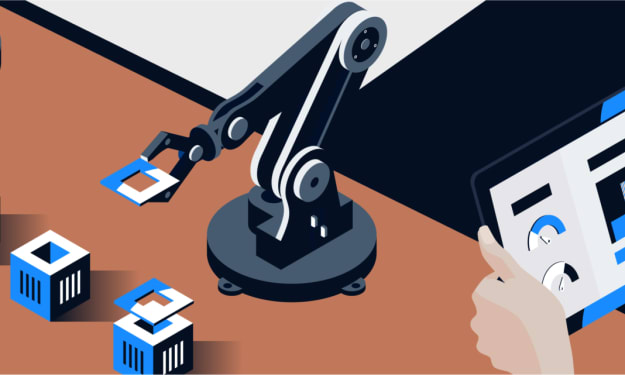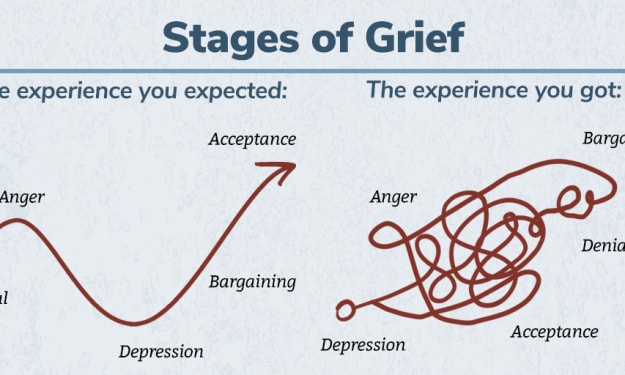
This is true whether you’re shipping products, performing installations, or delivering food. Imagine you run a cable company. You have a customer that rearranged their day and stayed home from work to let your installation specialist in during a 4 hour service window. If your worker shows up late, you’re probably going to lose that customer (and likely get a bad review). Fortunately, there are two proven strategies that can help you stay on top of deadlines, increase customer satisfaction, and earn repeat sales: backward scheduling and forward scheduling.
What Is Forward and Backward Scheduling?
Forward scheduling and backward scheduling are planning strategies. Both methods are useful for strategic planning at all levels of complexity. Whether you’re mapping delivery routes for multiple drivers or scheduling maintenance appointments for service teams, you can benefit from using one or both of these strategies.
Forward scheduling - is planning with the primary objective of completing tasks as soon as the required resources become available. For a coffee company, this would mean scheduling shipments to go out as soon as the beans (the required resource) are roasted and packaged. This strategy is optimized for expediency and prioritizes fast delivery.
The following forward scheduling examples in personal life and in business illustrate some of the key benefits of this strategy:
1. Let’s say you have a weekend to-do list consisting of yard work and washing your car. If your preference would be to knock-out these tasks first thing Saturday morning, your personality is likely aligned with forward scheduling. Crossing things off your list early will allow you to enjoy the remainder of your weekend without stressing about chores.
2. For a business example, let’s say you run a pool maintenance company. You have a client that needs their pool serviced the last week in June. Using forward scheduling, you would schedule this client’s maintenance appointment for the first open appointment slot within that last week of June and get the job done as soon as possible.
Backward scheduling
Backward scheduling is planning with the primary objective of completing tasks on time (but not early). For a florist, this would mean scheduling bouquets to be arranged as close to the delivery window as possible. Backward scheduling is optimized for flexibility and would allow this business to easily incorporate last-minute changes if a client decided to, say, upgrade a bouquet or change the message in a card. Backward scheduling can help you use employees’ time efficiently and avoid redoing projects, while still meeting deadlines.
1. Taking the same weekend to-do list example from above, let’s say you live in a climate with unpredictable weather. Washing your car is one of your must-do tasks because you have a client meeting Monday morning, and you want to roll up in a polished vehicle. You could use backward scheduling to tackle your to-do list Sunday evening. That way, there would be less of a chance that your car would get dirty again before your client meeting.
2. Using the business example from forward scheduling, let’s say you have the same client that needs their pool serviced the last week in June. Using backward scheduling, you might decide to schedule this customer’s maintenance appointment for the last day in June, so you have more open time slots at the beginning of the week for new customers.
3. Backward scheduling can also be very beneficial for businesses that offer free returns or exchanges to their customers. Let’s say you run a pet-product company and you have backorders for leashes that need to be shipped on June 10. You receive the inventory of leashes on June 3. Using backward scheduling, you would still schedule shipments for June 10. That way, if a customer decides they want a different color or alternate length leash in the next 7 days, you can still fulfill the order on time and avoid incurring any order exchange or return costs.
Which is better: forward or backward scheduling?
Both backward scheduling and forward scheduling offer advantages. Neither one is better than the other, and some logistics coordinators even benefit from using a blend of the two. To choose which strategy works best for your business, you’ll need to consider two main factors: what type of business or delivery service you run and how you prefer to organize schedules.
If we refer back to the weekend to-do list example, you could also apply a blend of forward and backward scheduling to accomplish your tasks. You could complete all of your yard work Saturday morning (using forward scheduling) and save just washing the car for Sunday evening (using backward scheduling). That way, you would have peace of mind knowing most of your chores were out of way, along with the assurance that even if it rained Saturday night, your car would still look good for your meeting Monday morning.
4 Business Challenges Solved by Forward and Backward Scheduling
Using forward and backward planning can help you overcome many of the common challenges modern businesses have with scheduling. These scheduling strategies help you increase process efficiency, ensure that you meet due dates, balance workloads across employees (and avoid employee burnout), and allow yourself the flexibility to accommodate order changes. Here are a few ways you can overcome business obstacles using backward and forward scheduling.
Meeting due dates
Balancing employee workload
Accommodating changes
Planning weeks in advance
This article originally appeared on optimoroute.com.
About the Creator
Steven R.
OptimoRoute plans and optimizes routes and schedules for deliveries and mobile workforce.
https://optimoroute.com/






Comments
There are no comments for this story
Be the first to respond and start the conversation.